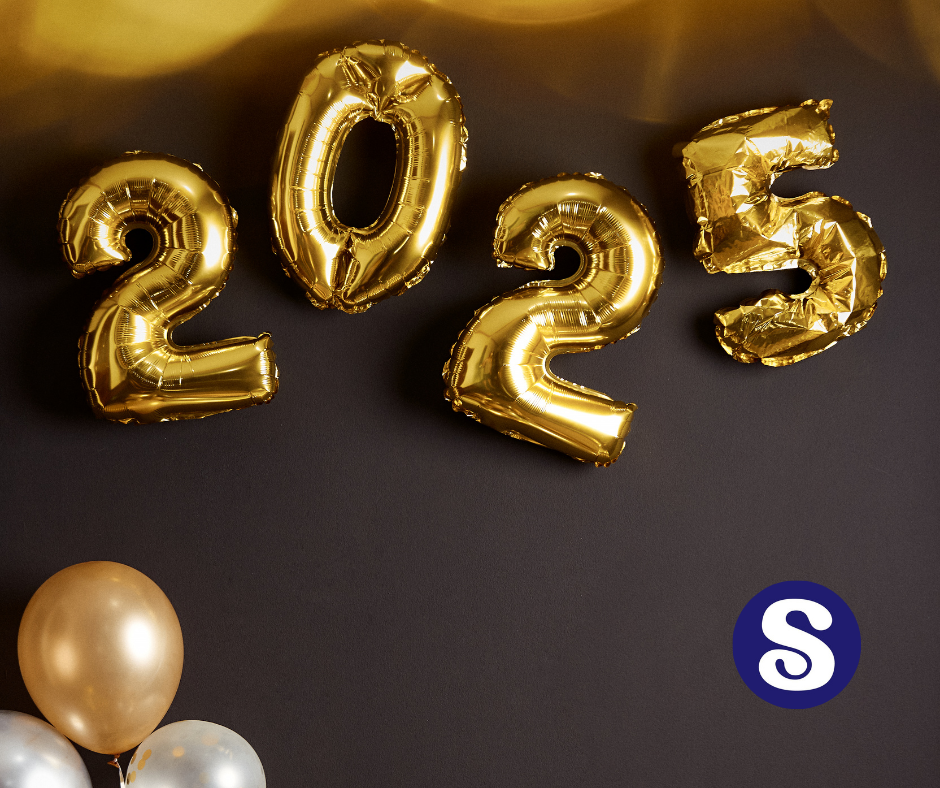
Photo by Headway
Strategic marketing goes beyond just throwing buzzwords around; it’s about telling stories that resonate and making your audience feel something real. And it all starts with the right message.
What is a marketing message, exactly?
When every brand is a storyteller, the story you tell needs to be more than just words. A good marketing message isn’t just about selling; it’s about leaving an impression that sticks. Buzzwords may be trendy, but chances are they’re also overused, with everybody and their uncle using them in their marketing. So how do you differentiate yourself in the same field and rise above the noise? It’s time to find the words that click with people on a deeper level, go beyond the product, and reflect the soul of the brand.
4 Ways Your Marketing Message Can Impact Your Product or Brand
? The Power to Shape Perception
Messaging molds how people see your brand. Get it right, and you’re the cool innovator or the trustworthy buddy; get it wrong, and it’s like being the awkward third wheel. It’s about being the trendsetter, not the trendfollower.
? Getting Emotional: Messaging from the Heart
Marketing messages done right will have your audience in their feelings – whether it’s making you chuckle, hitting you with nostalgia, pulling at your heartstrings, and more. The right message isn’t just about features; it’s about making you feel something.
? Cutting Through the Noise
In a world drowning in info, being heard is a struggle. That’s where messaging becomes the superhero guiding people through the chaos. It’s about finding a voice, a personality that makes your brand stand out. The goal is to be the memorable one in the crowd.
? Tailoring to Your Crowd: A Dynamic Dance
Crafting your marketing message is like dancing with your audience. You gotta know them – speak their language and get what makes them tick. The message should feel like it’s made just for them, creating a connection that goes beyond the transaction.
Messaging Maestros at Work
Let’s talk about something that’s hitting the shelves soon – Apple’s Vision Pro headset, which is creating quite the buzz with its marketing.
Yes, it’s not the first tech-related headset out there – gaming accessories, anyone? But Apple has made its name as an innovator in the tech industry. And now comes this pair of goggles that’s not just virtual reality or augmented reality; it’s spatial computing.
Believe it or not, this spatial computing idea isn’t new. MIT was chatting about it over two decades ago. Yet, here comes Apple, making it the talk of the town. That term isn’t just thrown in either; it’s carefully chosen to make you curious, to hint at something mind-blowing. It’s no longer just a headset; they’ve turned it into a conversation starter.
By rolling out over 600 apps right off the bat, covering everything from Netflix to Zoom, it goes beyond being a headset; it’s your all-access pass to a tech wonderland. Granted, it’s a bit of an investment at $3,500. But Apple’s history shows us that they’re pros when it comes to new-market disruptions – i.e. turning niche products into the next big thing. Case in point: Think back to when the first iPhone came out versus today’s iPhone as the market’s must-have smartphone.
Apple gets that it’s not just selling a gadget. It’s selling a vibe that’s a concept way bigger than the device itself. It’s selling a shift in how you see and touch technology. By calling it spatial computing, they’re not just talking tech but they’re setting the stage for a whole new way we’ll chat about gadgets. Apple’s Vision Pro might just be the start of a new tech revolution, and it’s all thanks to how they spin the story.
As brands keep doing their thing, innovating, and adapting, the magic of messaging will always be the driving force – shaping perceptions, creating bonds, and paving the way for success in the wild world of business. How you craft your marketing message could just be the secret weapon in taking a niche product mainstream or giving a common product distinction.
At the end of the day, who doesn’t want their audience talking about their product?
February 20, 2024
Emily Oberman
By:







